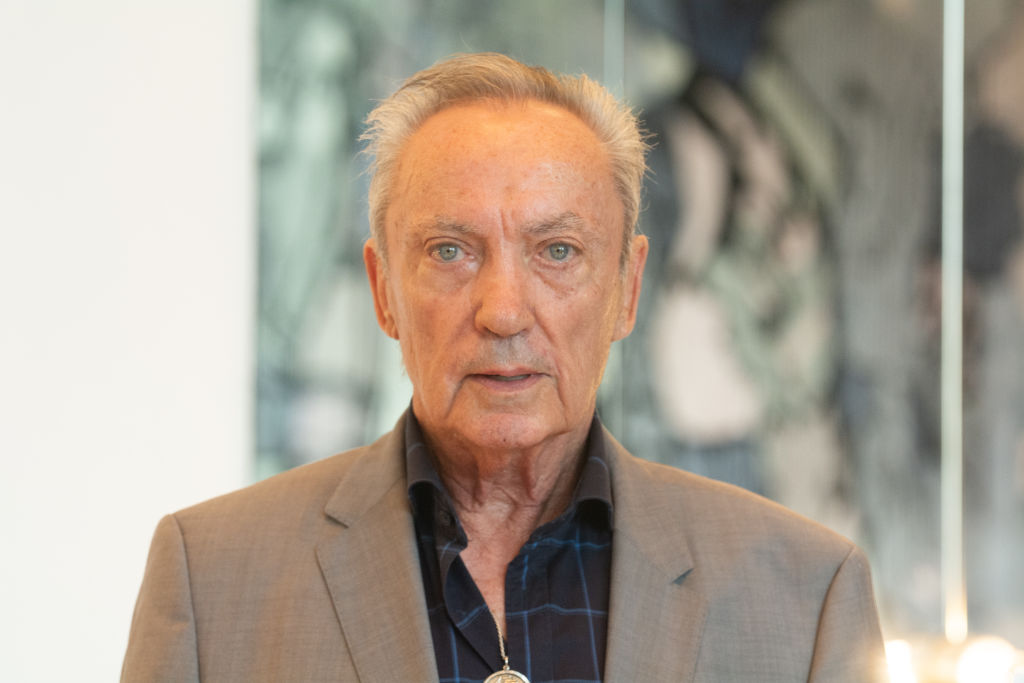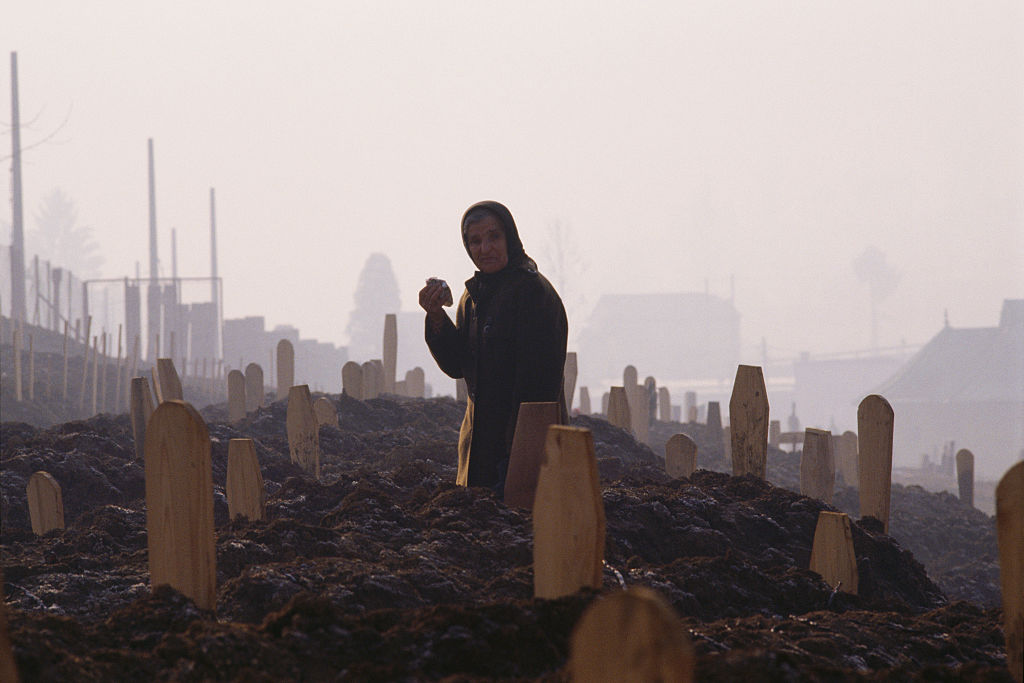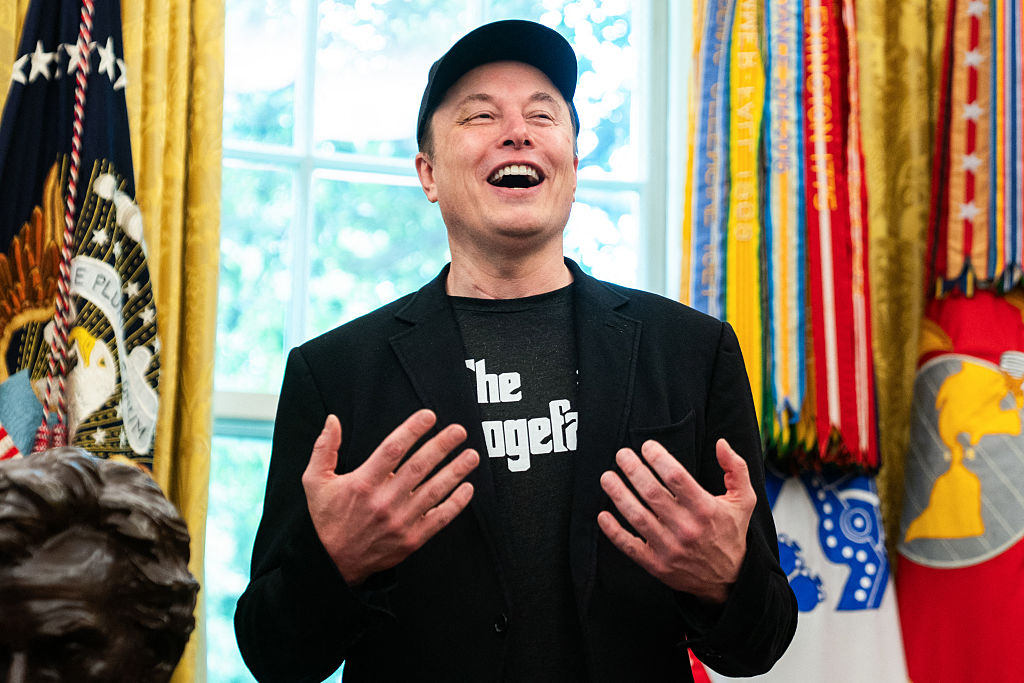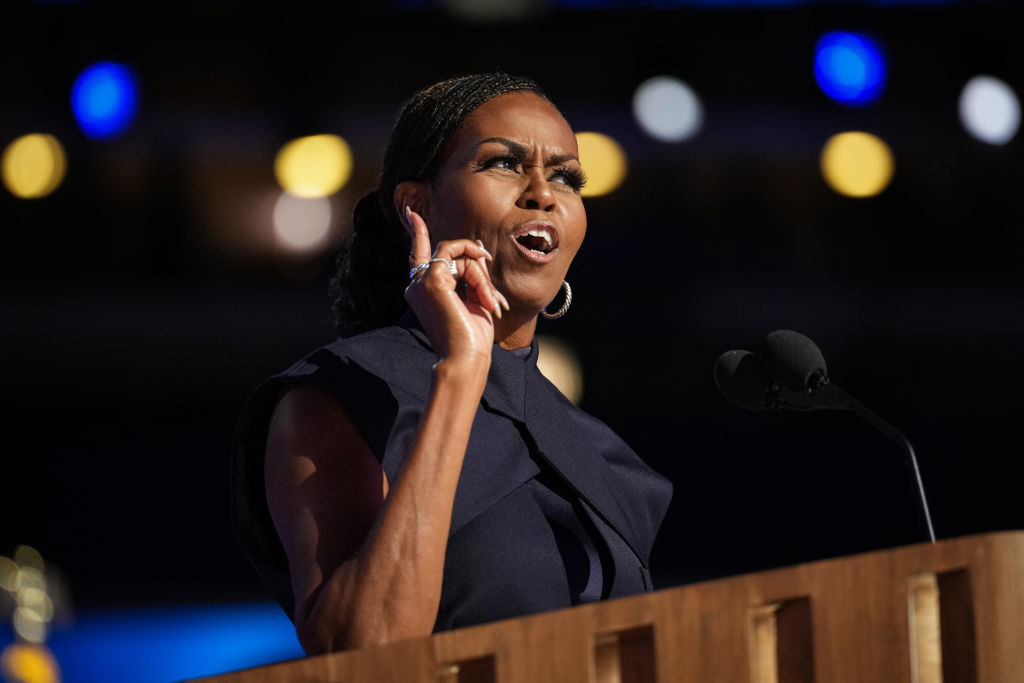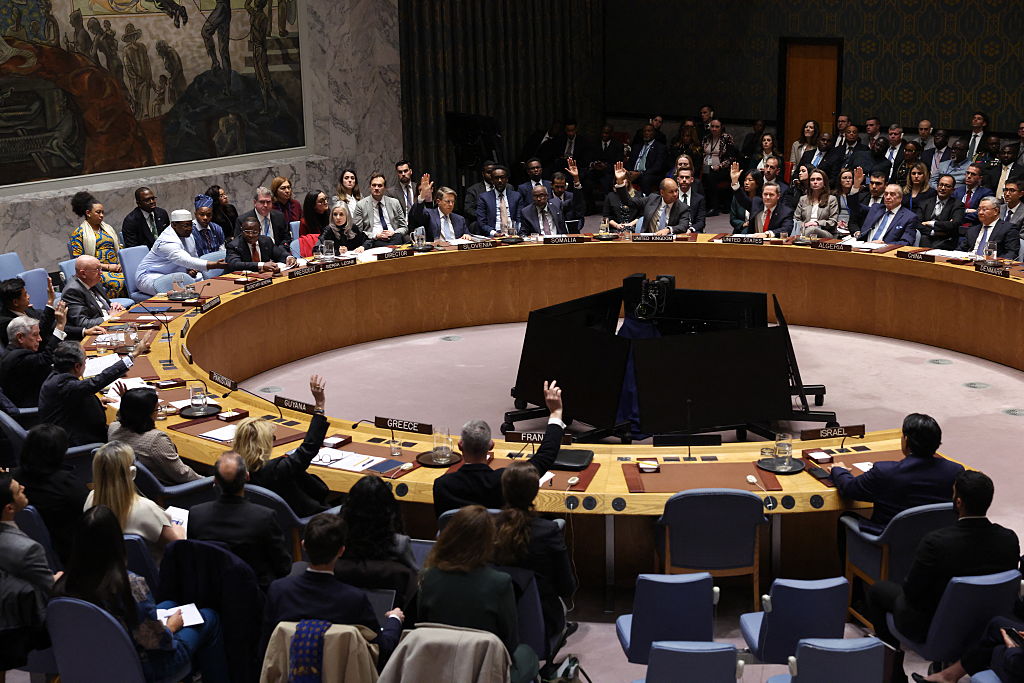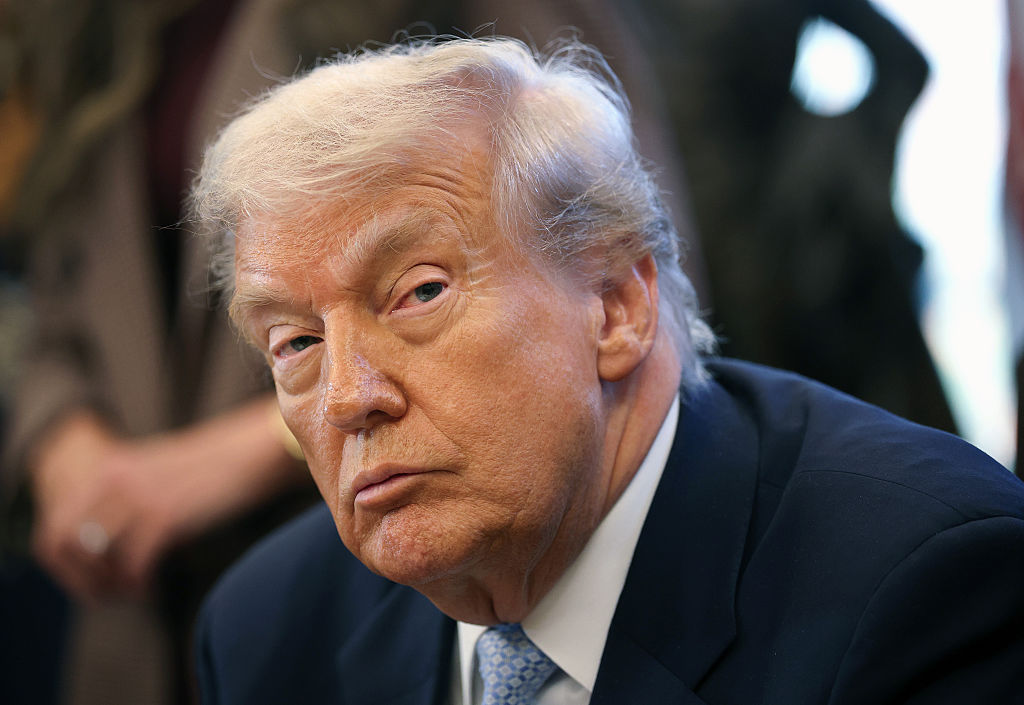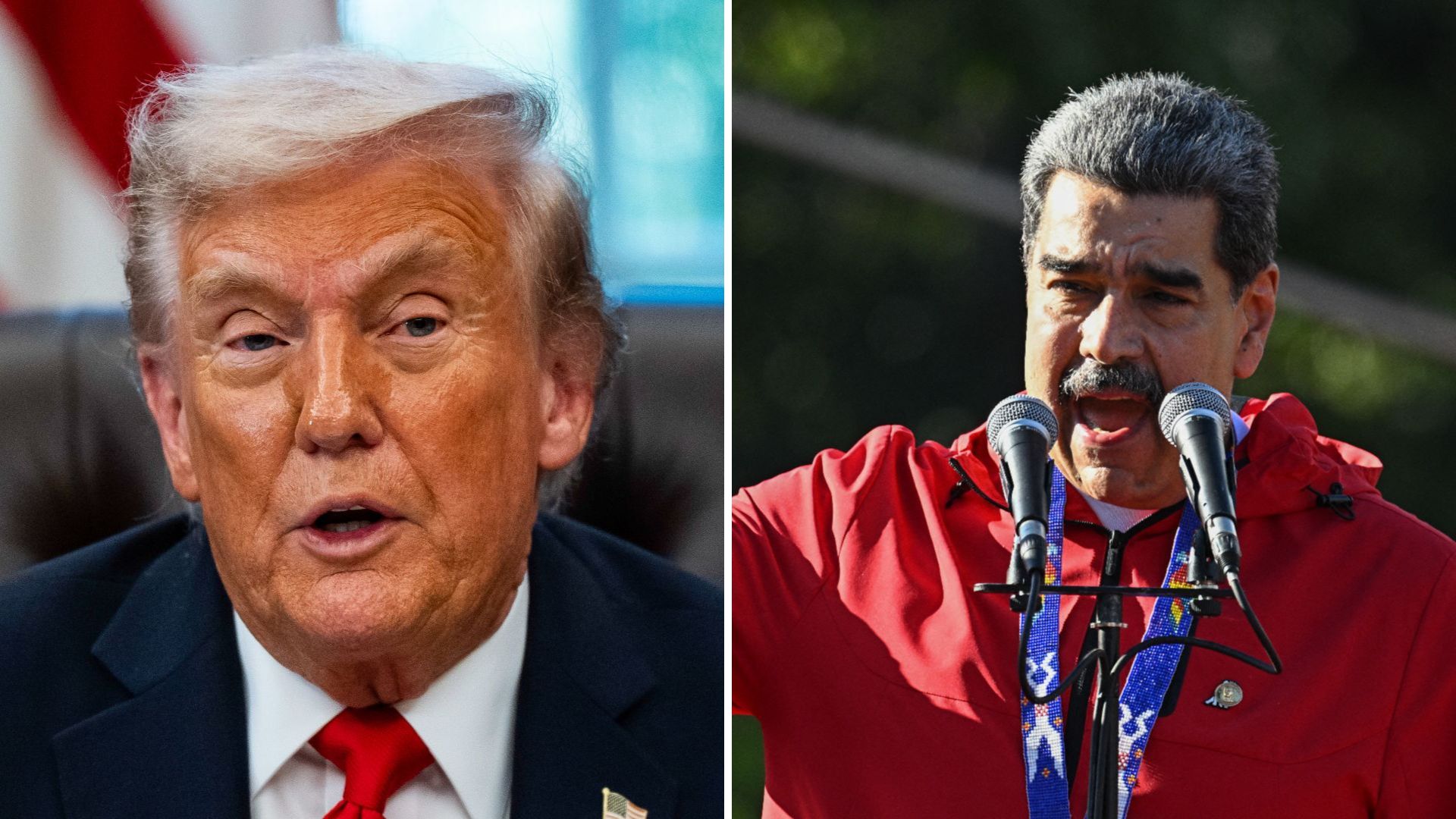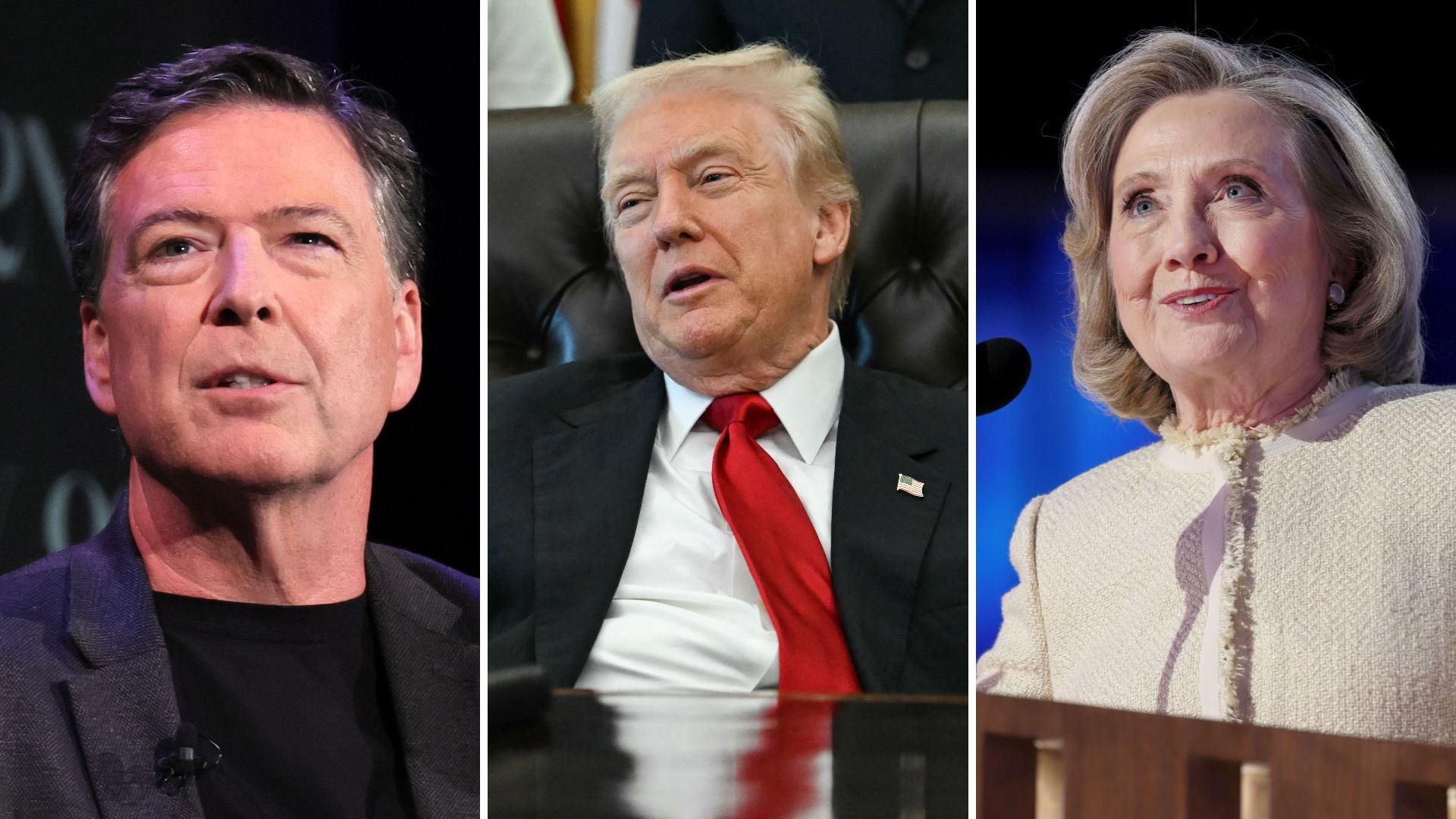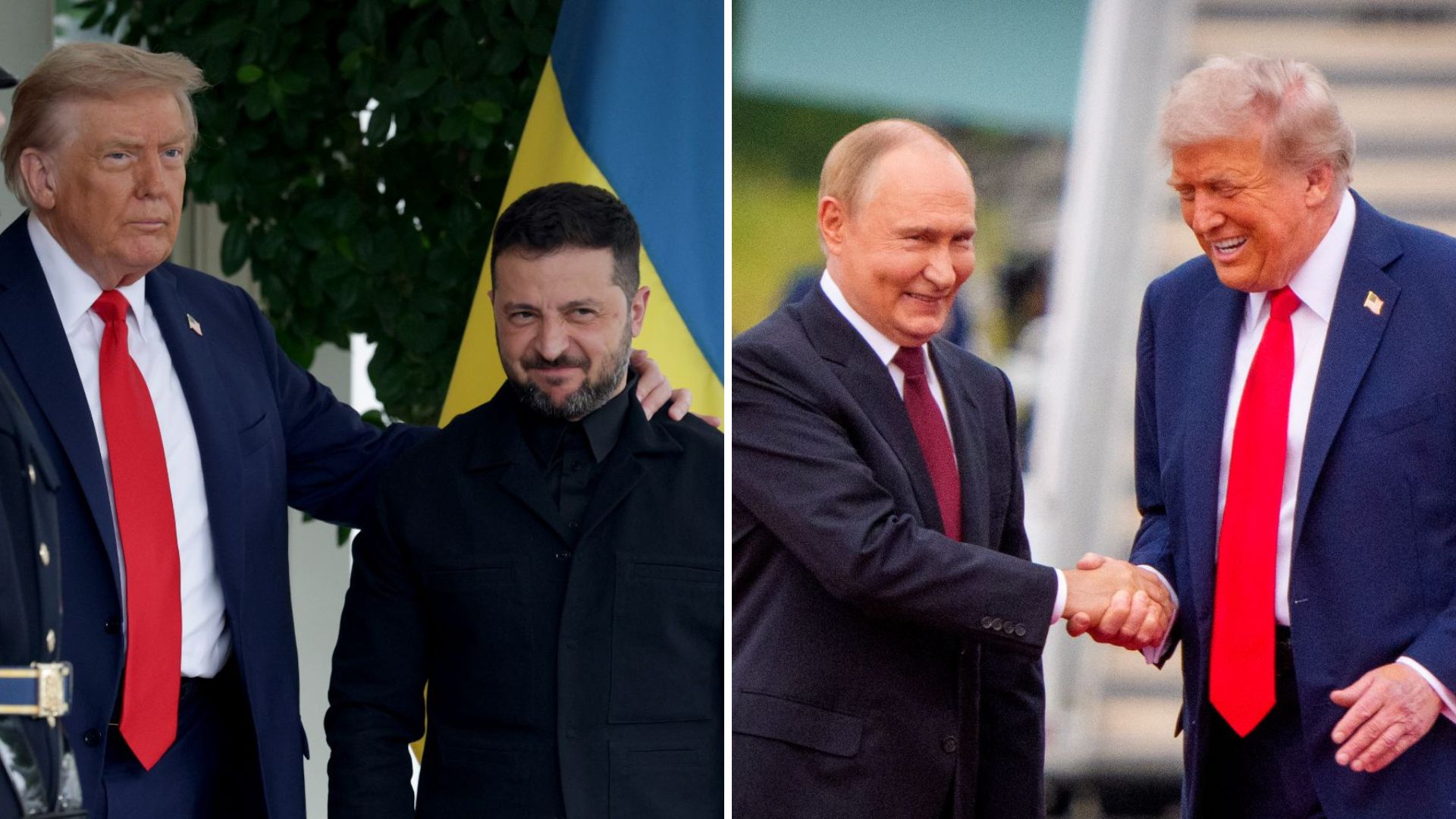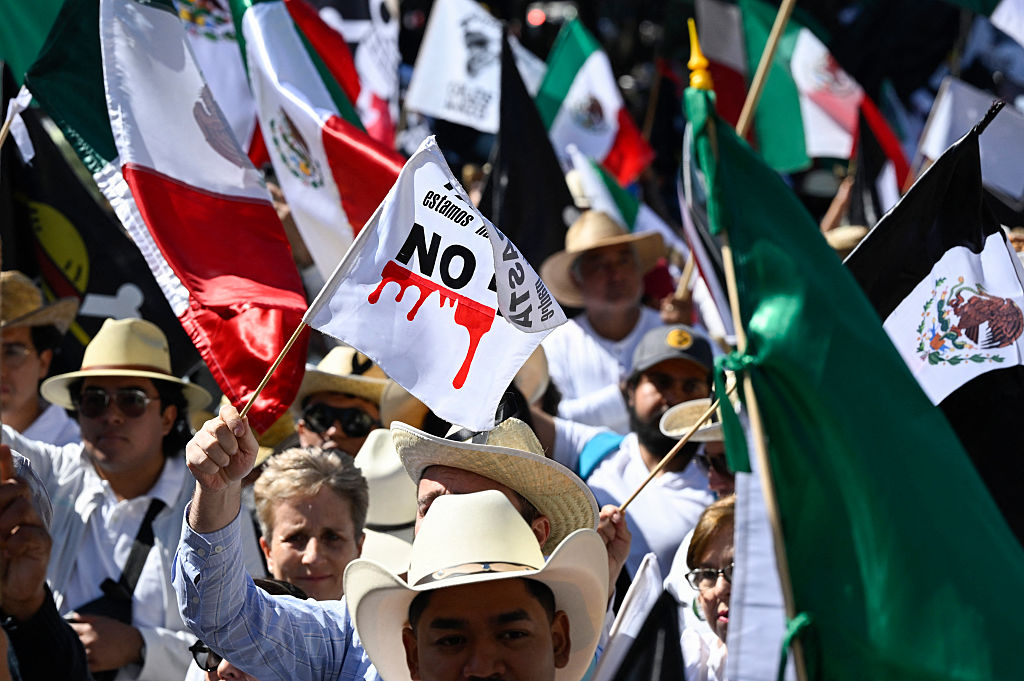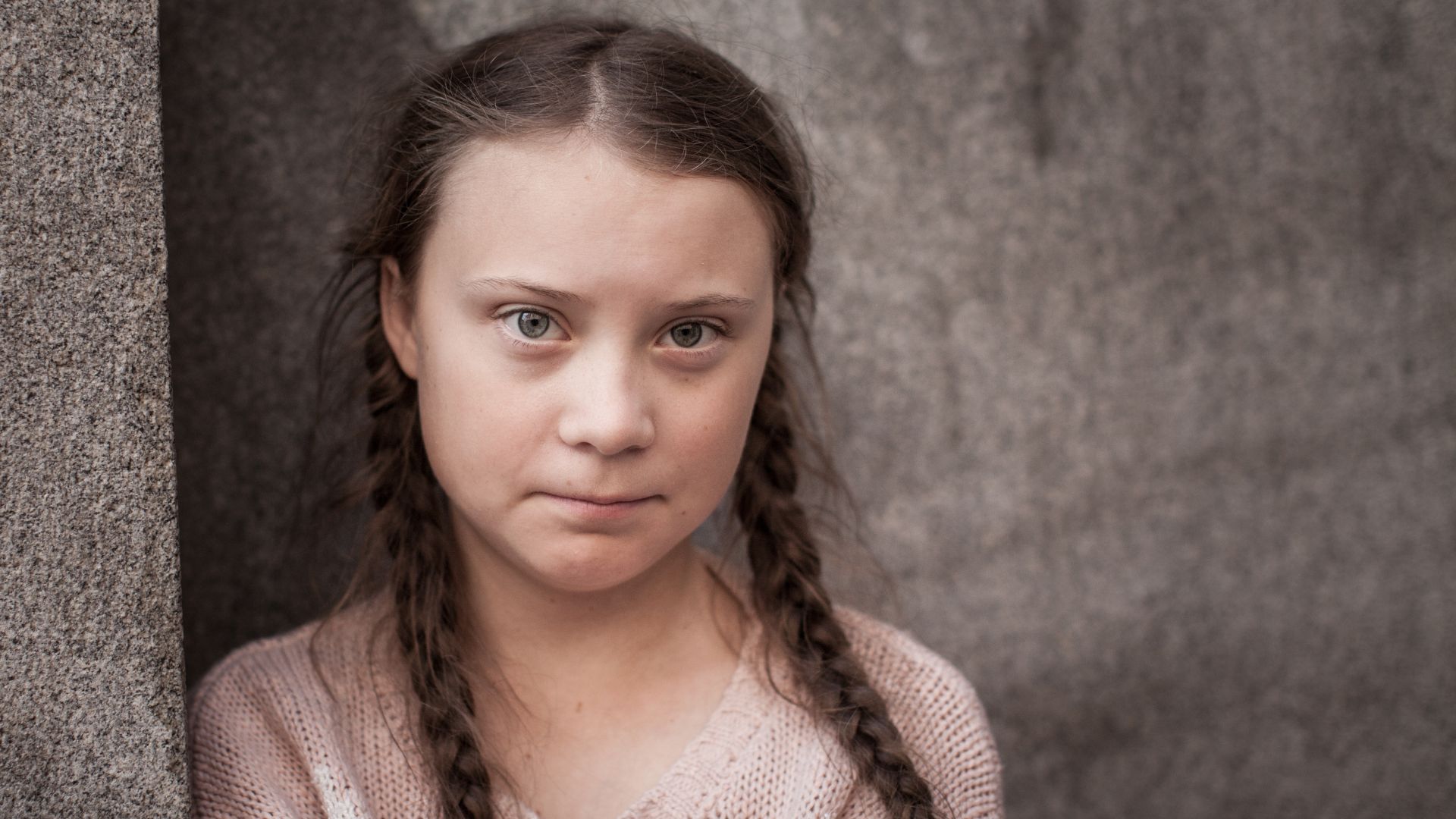
Do you remember what you were doing in your teens? Well, Greta was busy studying reports and studies on climate change, driven by a burning desire to change the world. And she did. She didn’t start her strategy with a large speech or a packed rally. Silence, extensive investigation, and a strong sense of urgency were the first steps. She gradually took actions that attracted notice, first on the streets, then at home, and then on international platforms. Her story demonstrates how consistent effort may develop into something strong. This is the fascinating and unusual tale of how a single, driven child contributed to the global awareness of climate change.
A Diagnosis That Changed Everything

As a child, Greta Thunberg was diagnosed with Asperger’s, OCD, and selective mutism. If you’re unfamiliar, it means she processed the world differently—more intensely. These traits can cause someone to become overly focused. So, when she learned about the climate crisis, it triggered a months-long shutdown, followed by a lifelong mission.
The Video That Sparked Her Awakening
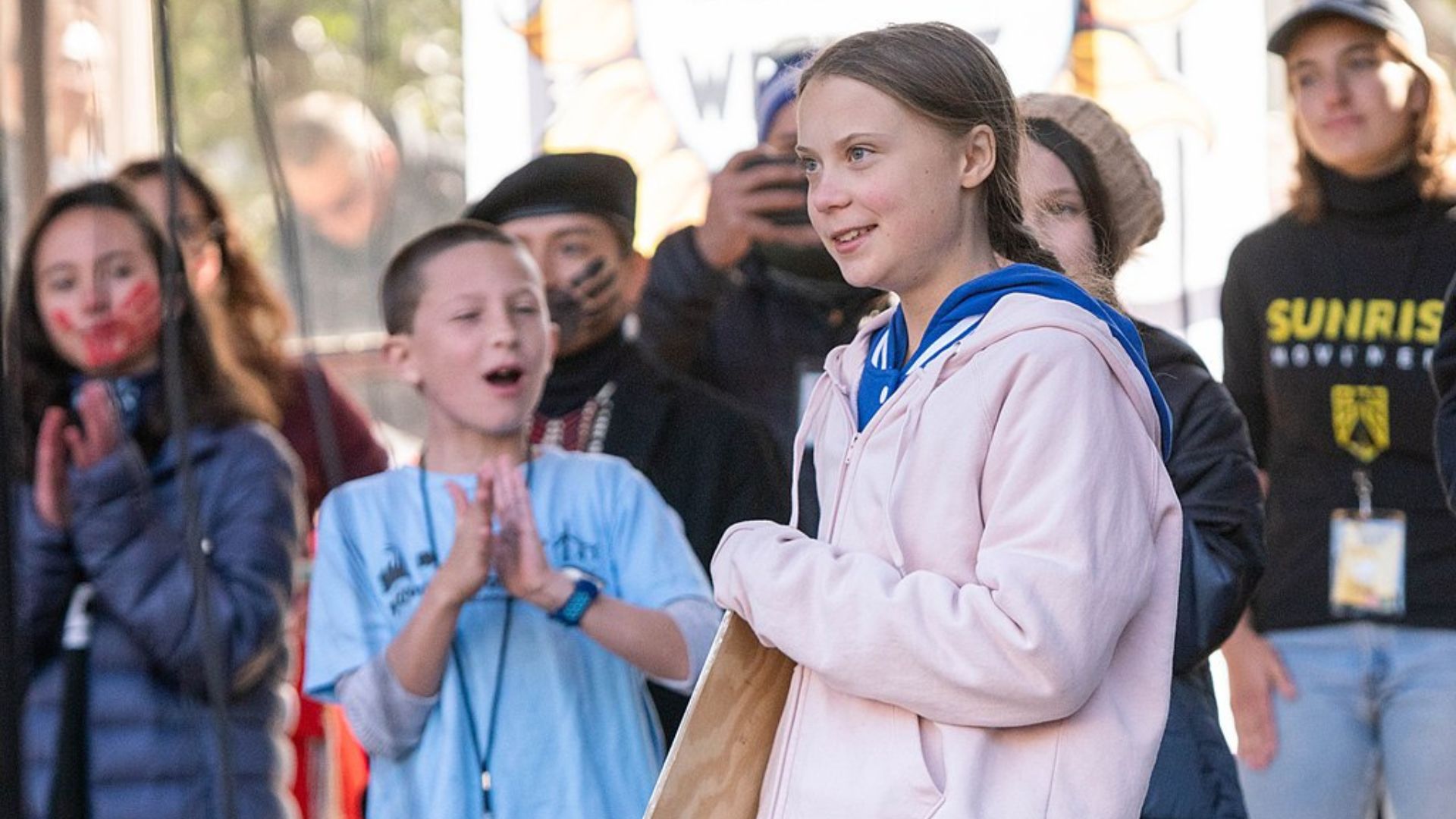
Because of her newfound interest, she went deep into everything climate, and one video flipped the switch. At just 11, Greta saw glaciers melt and oceans drown in plastic, and this triggered further spiraling where she refused school and meals. Day and night, she pored over climate science, desperate to understand what the grown-ups ignored.
Finding Her Voice Without Words

During her obsessive period, Greta went a different route, building her voice around numbers and facts. At home, she would give presentations to her parents. In school, her knowledge outpaced the curriculum. Her silence was calculated and informed by data, charts, and choices. Quietly, she was preparing for something bigger. Something the world should have anticipated.
Convincing Her Family To Change First
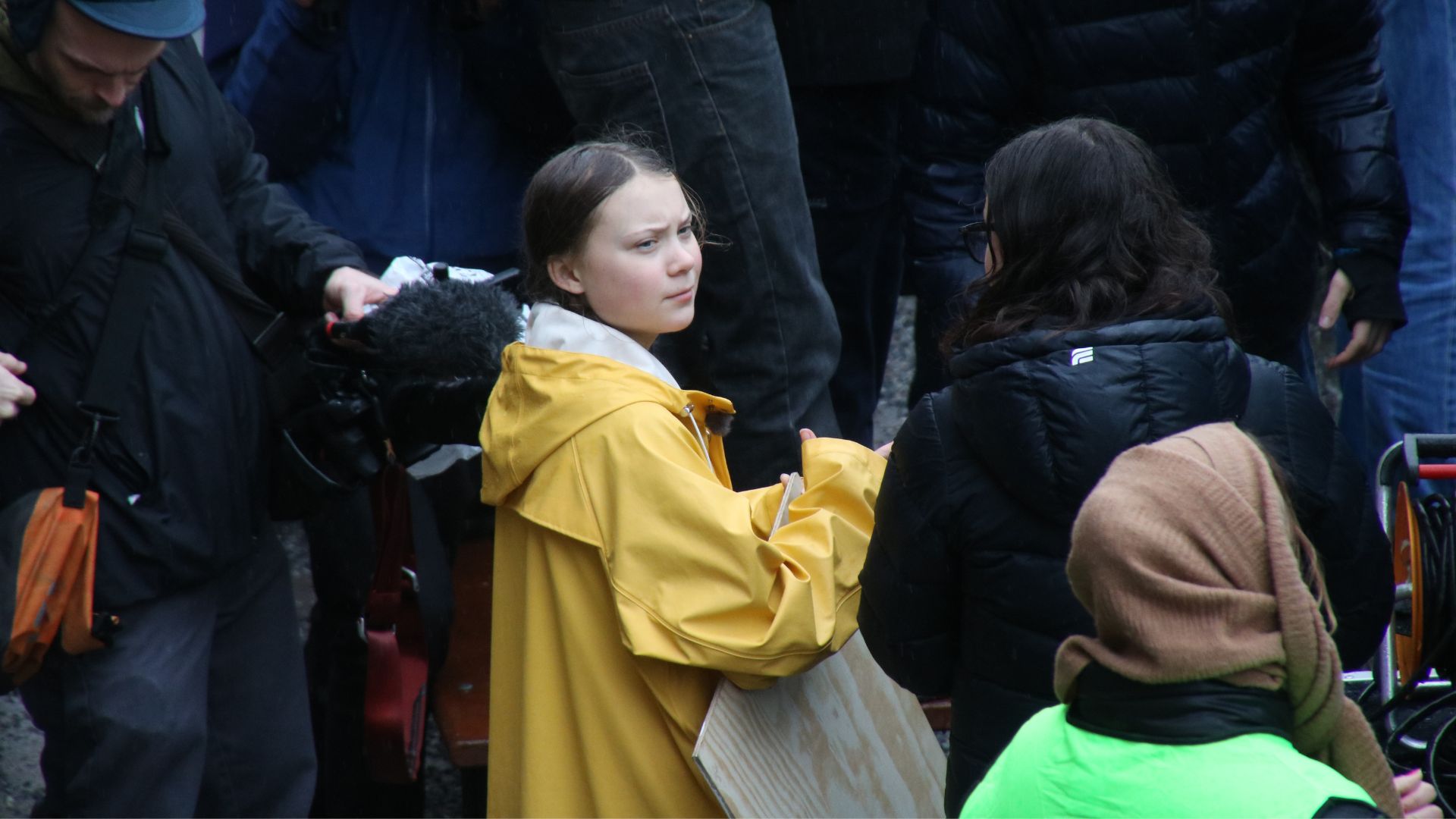
You know the saying, charity begins at home; Greta took it literally. Before facing crowds, Greta tested her impact at the dinner table. She pushed her parents to act. As a result, her mother gave up international opera tours, and her father embraced a low-carbon life. Solar panels were installed, and an electric car rolled in.
The First Strike, Alone Outside Parliament
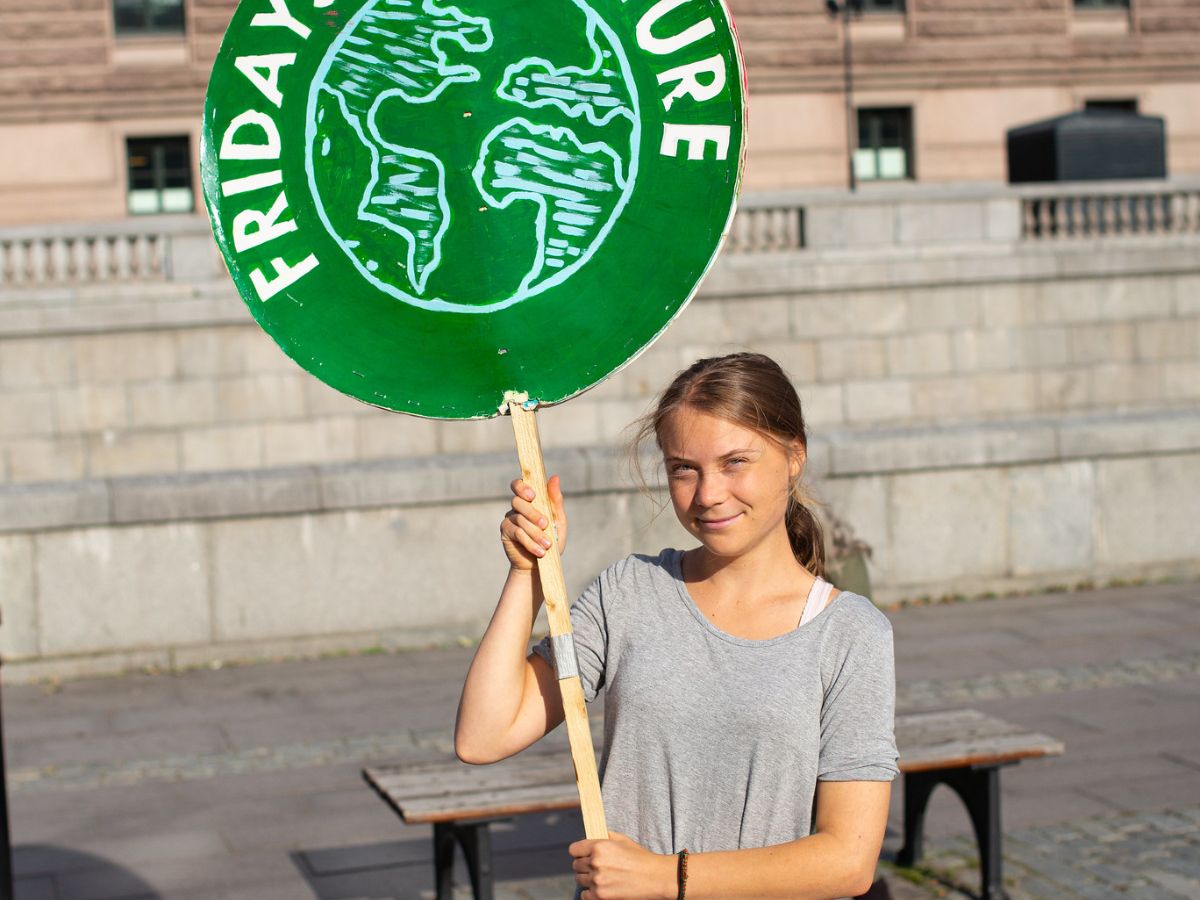
The date? On August 20, 2018, when Greta was just 15. That morning, Greta skipped school and sat alone outside Sweden’s parliament with a handmade poster: “Skolstrejk för klimatet,” meaning “School strike for the climate.” The young lady did this day after day, silent and firm, and reporters eventually noticed.
From One Protester To A Worldwide Movement
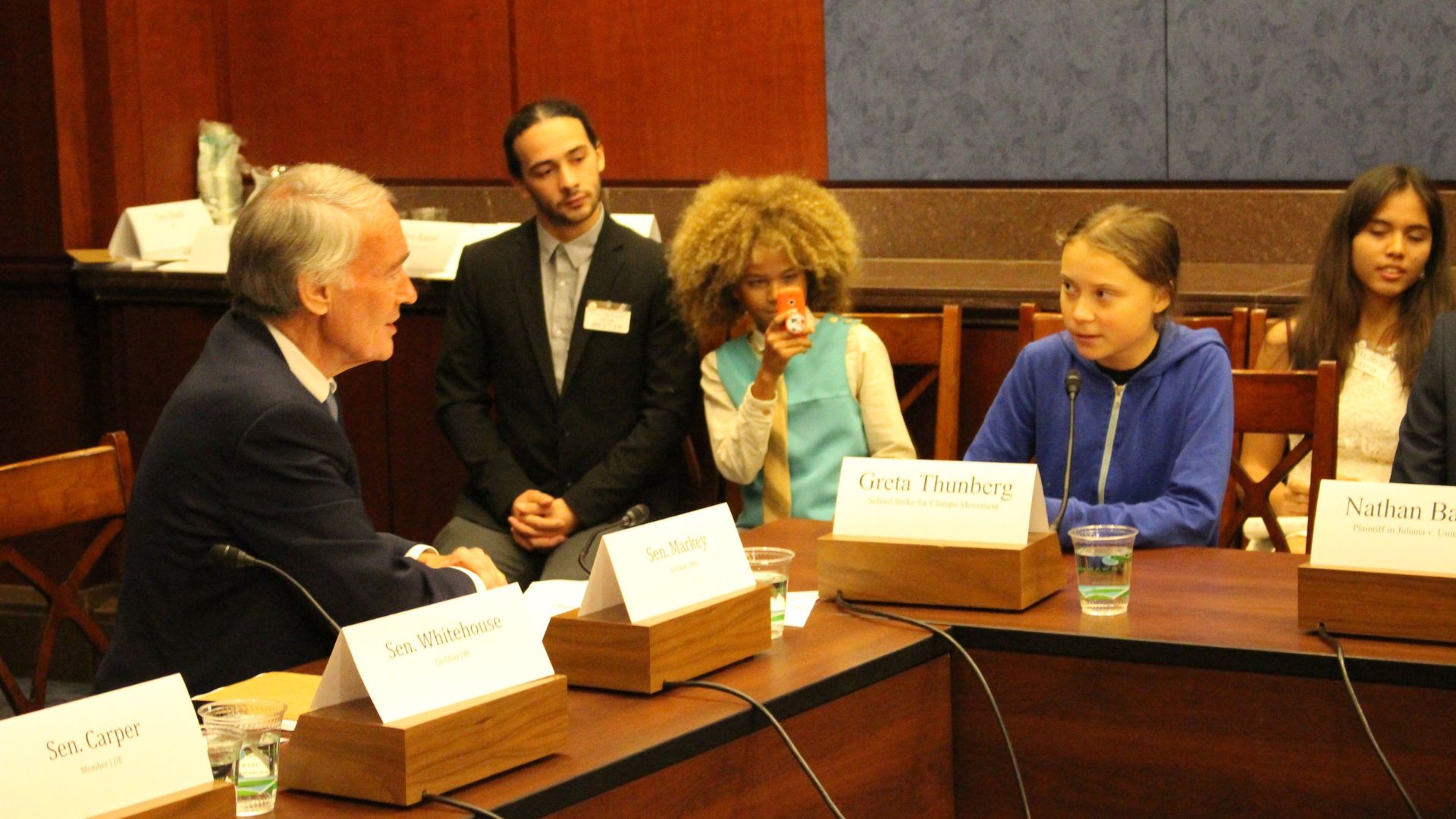
She never planned to start a movement. But photos of her solo strike spread fast. Students everywhere saw her and thought, “Why not me?” The hashtag FridaysForFuture took off, and kids skipped school in over 100 countries. Greta had sparked something louder than chants, bigger than signs. Adults had no choice but to listen now.
Speaking Truth To Global Power
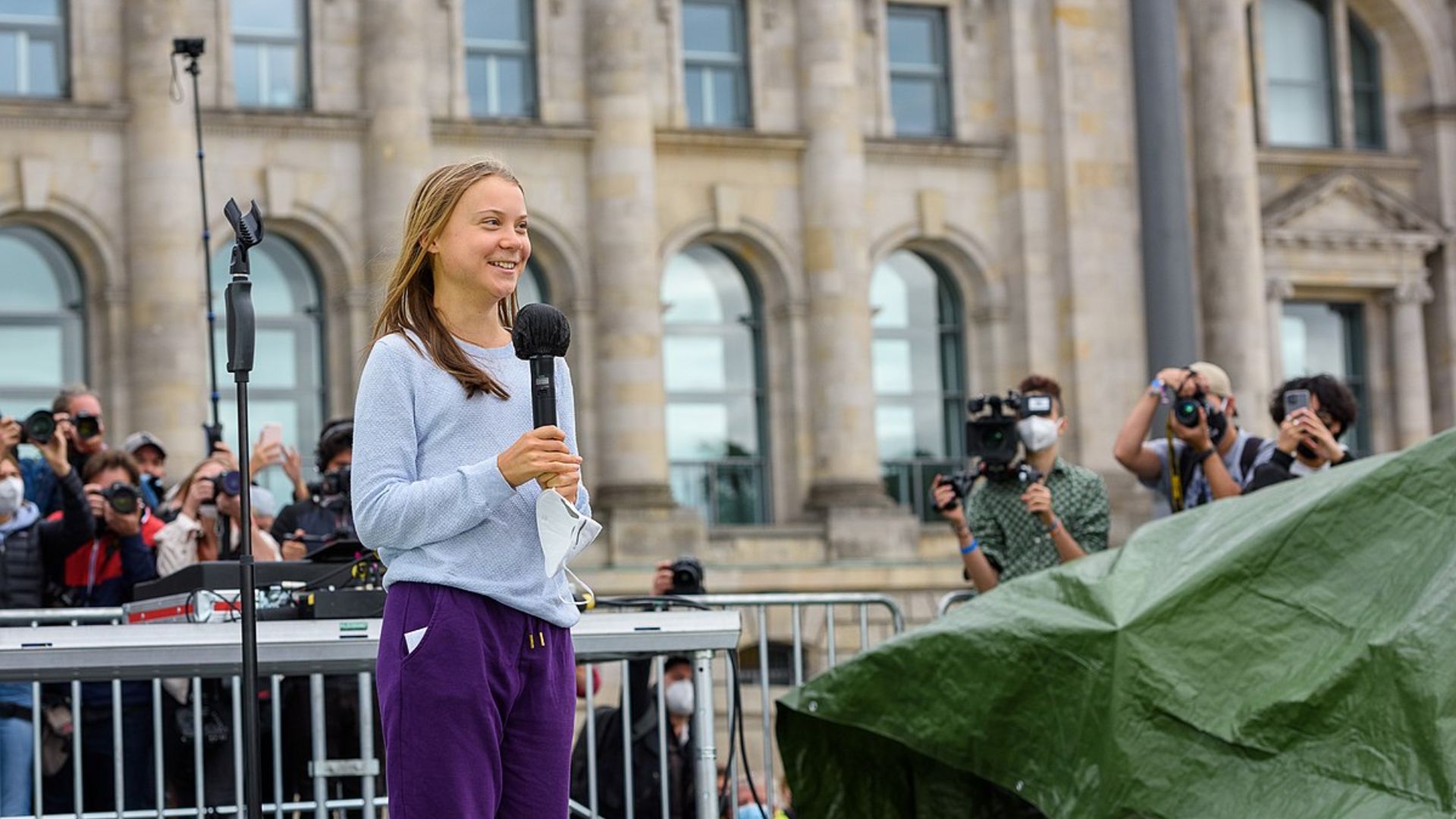
Soon, the news spread, and she stood before those in charge, even attending a UN Climate Conference in 2018. At that event, Greta didn’t sugarcoat a word. “You are failing us,” she said—no teleprompter. The young lady, who was now 16, was calling out betrayal, and suddenly, the room full of suits felt very small.
The Viral Moment At Davos
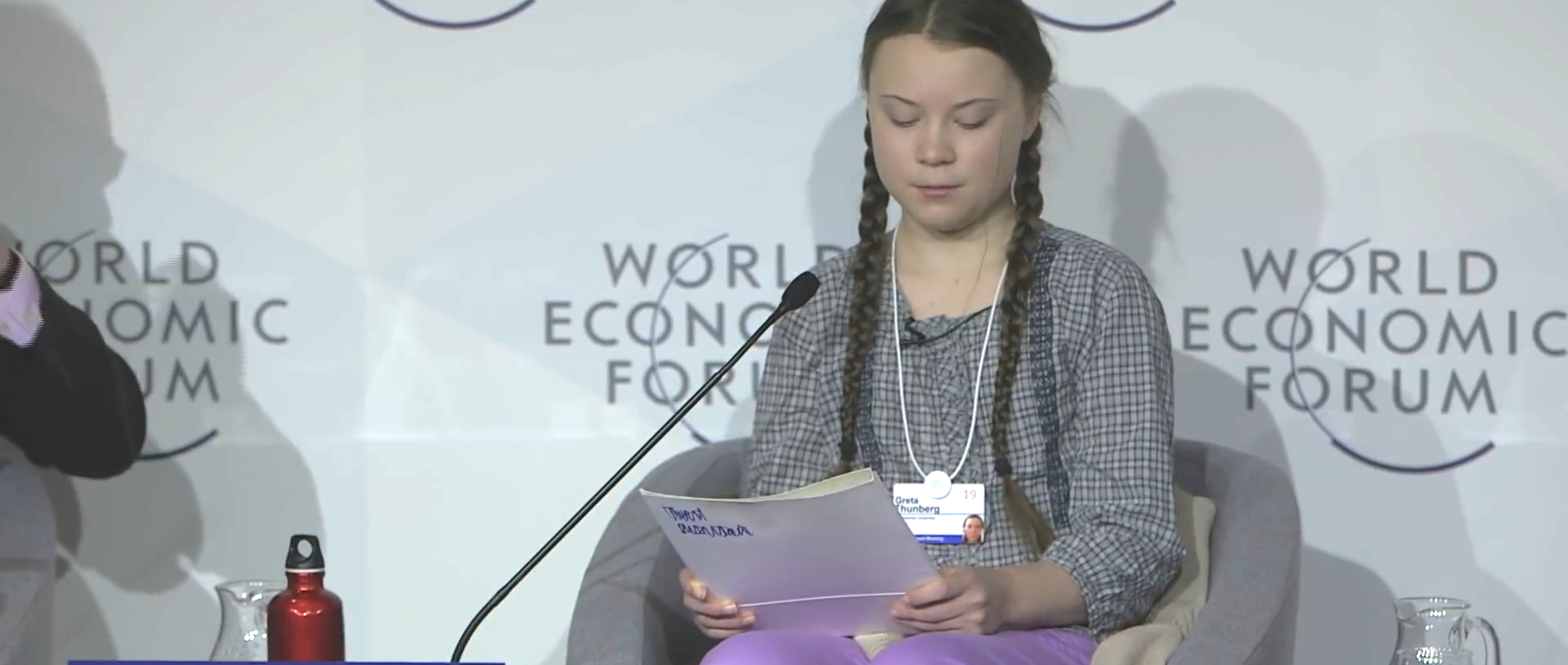
A month later, she braved Swiss snow to reach Davos by train. In a room packed with billionaires and CEOs, she looked them dead in the eye. “Our house is on fire,” she declared in all the seriousness she could master. Here, the demands were simple to the politicians and decision-makers she addressed: listen to scientists.
Sailing Across The Atlantic, Emissions-Free
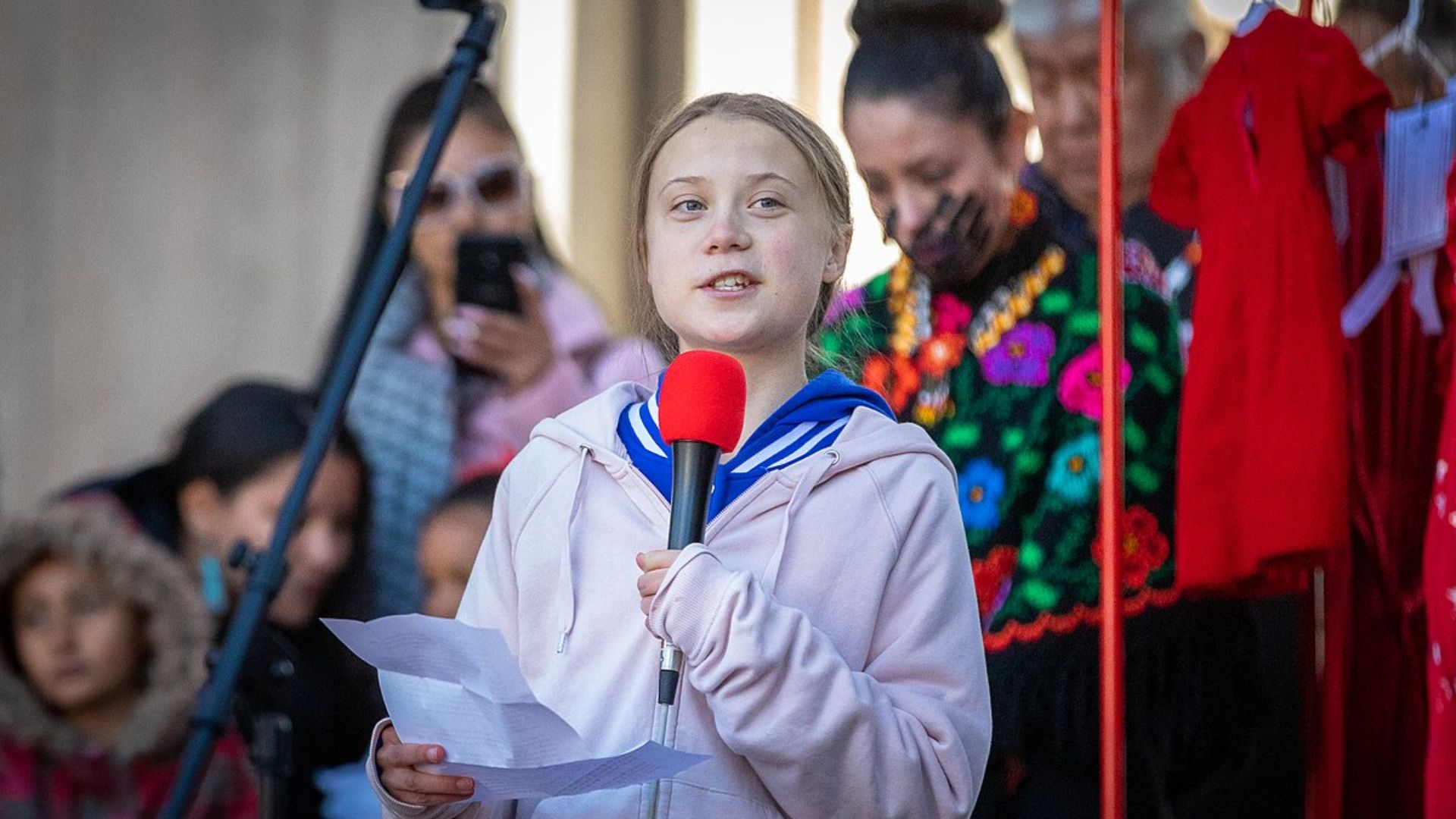
Her fight was real, such that when it came time to cross the Atlantic in 2019, she didn’t board a plane. Greta sailed—14 gruelling days on a zero-emissions yacht. She arrived in New York, soaked but smiling, to cheering crowds. It wasn’t convenience she valued but consistency and authenticity to the cause.
Confronting The UN With Cold Facts
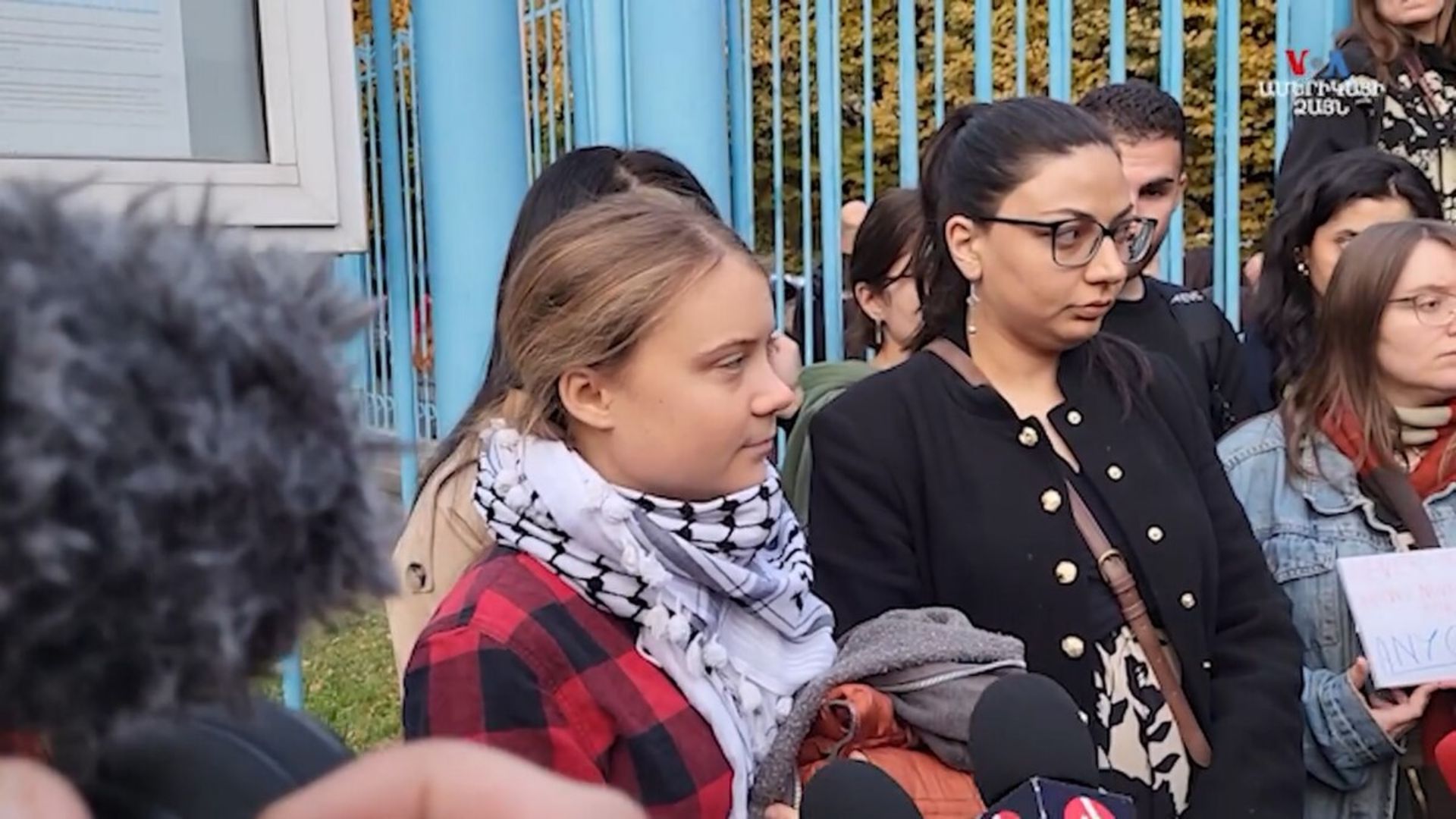
Her most well-known moment came next. She stood passionate and aggressive at the UN. With truth-fire in her eyes, she questioned, “How dare you?” She claimed that her dreams were stolen by the leaders around her. When the speech went viral, millions of people watched. The hitherto silent girl was suddenly nominated for a Nobel Prize.
Becoming TIME’s Youngest Person Of The Year
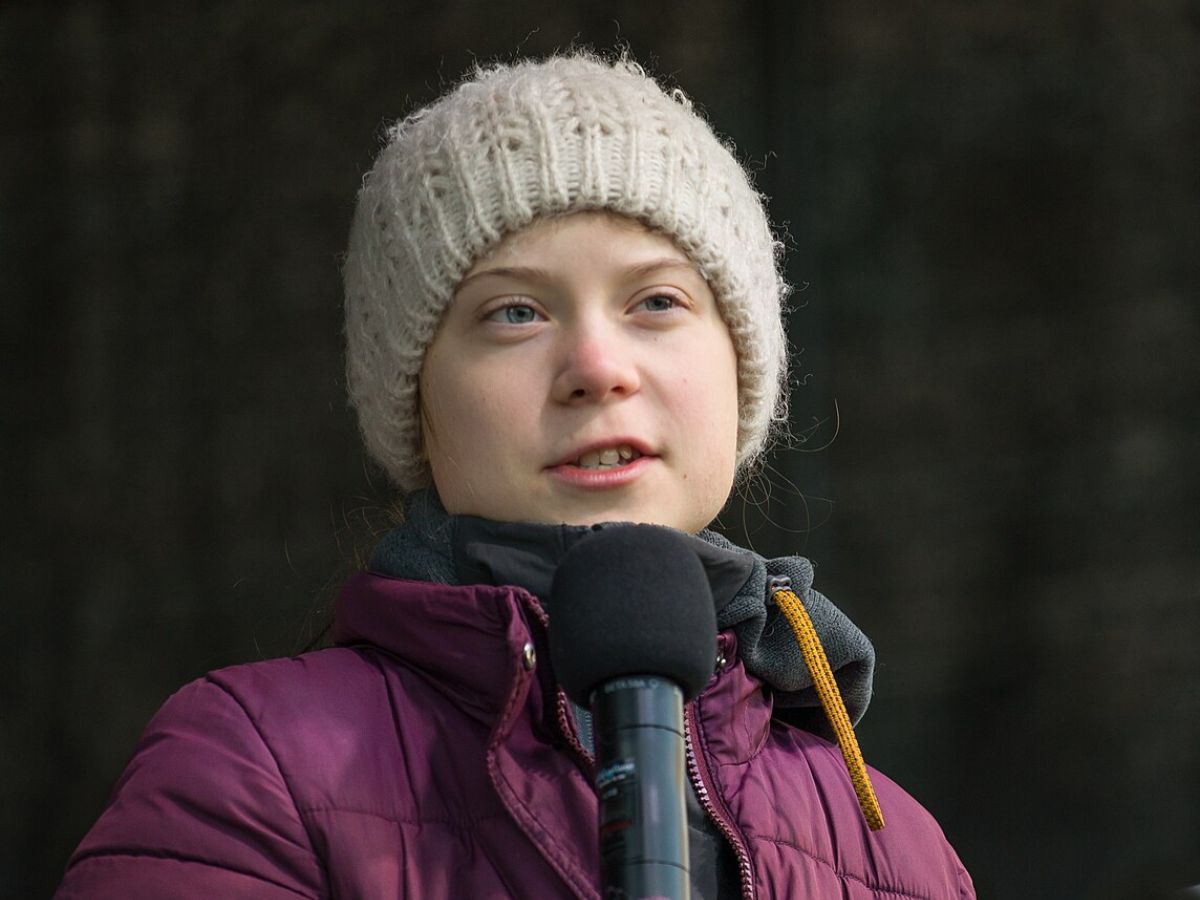
By December 2019, TIME magazine crowned her Person of the Year. At just 16, Greta joined ranks with Mandela and Obama—but she stood out as the youngest solo recipient ever. Sixteen and uncompromising, Greta was rallying youth by simply refusing to quit.
Tirelessly Protesting Through Pandemic Years
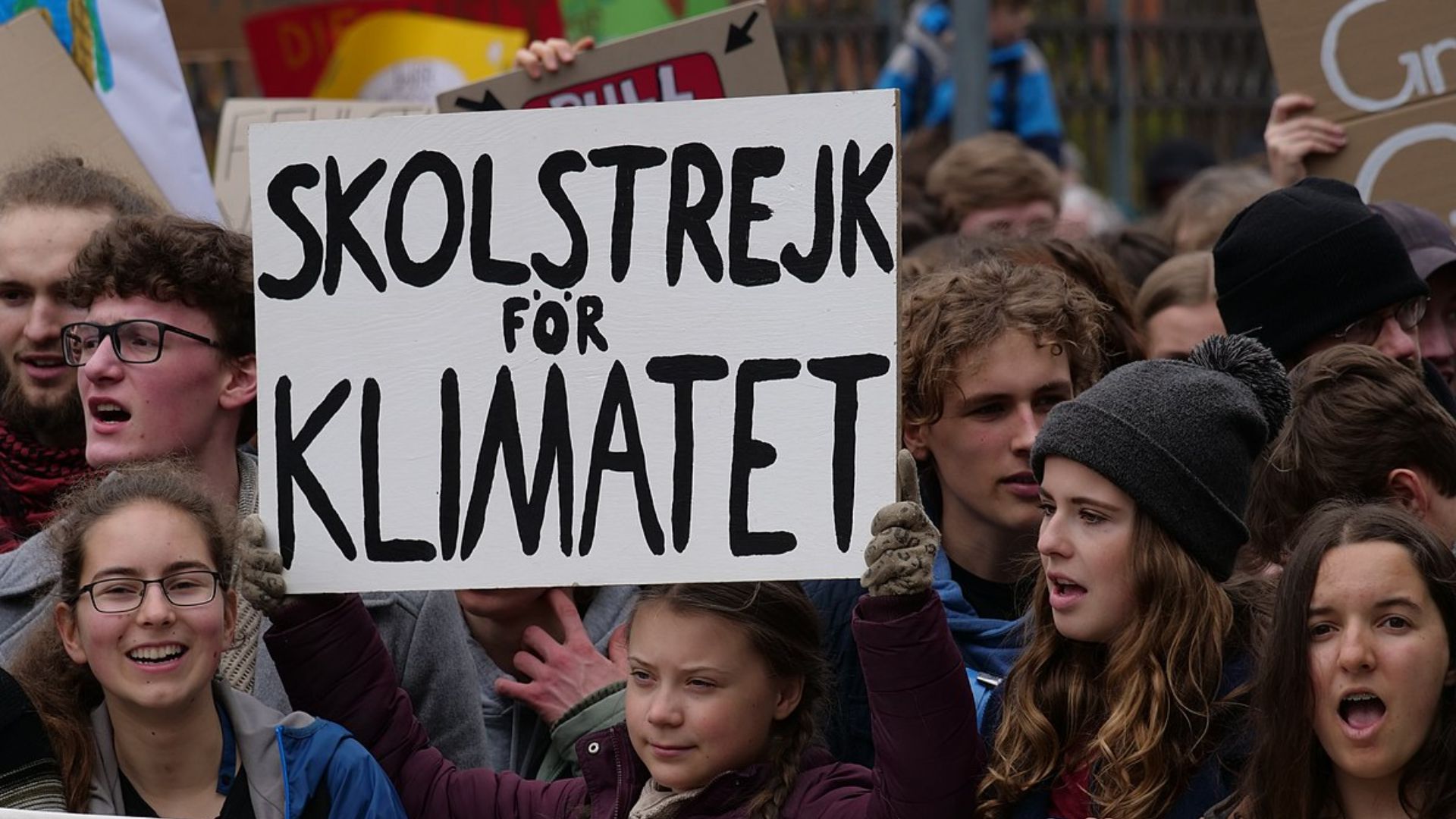
In 2020, the pandemic hit. Streets emptied, but Greta didn’t fade. She moved her strikes online, tweeting, posting, and adapting to the new normal. As restrictions were lifted, she returned to protests. When leaders spoke of a “green recovery,” she called out those who made hollow promises. Even in lockdown, she kept the pressure on.
Writing And Publishing No One Is Too Small
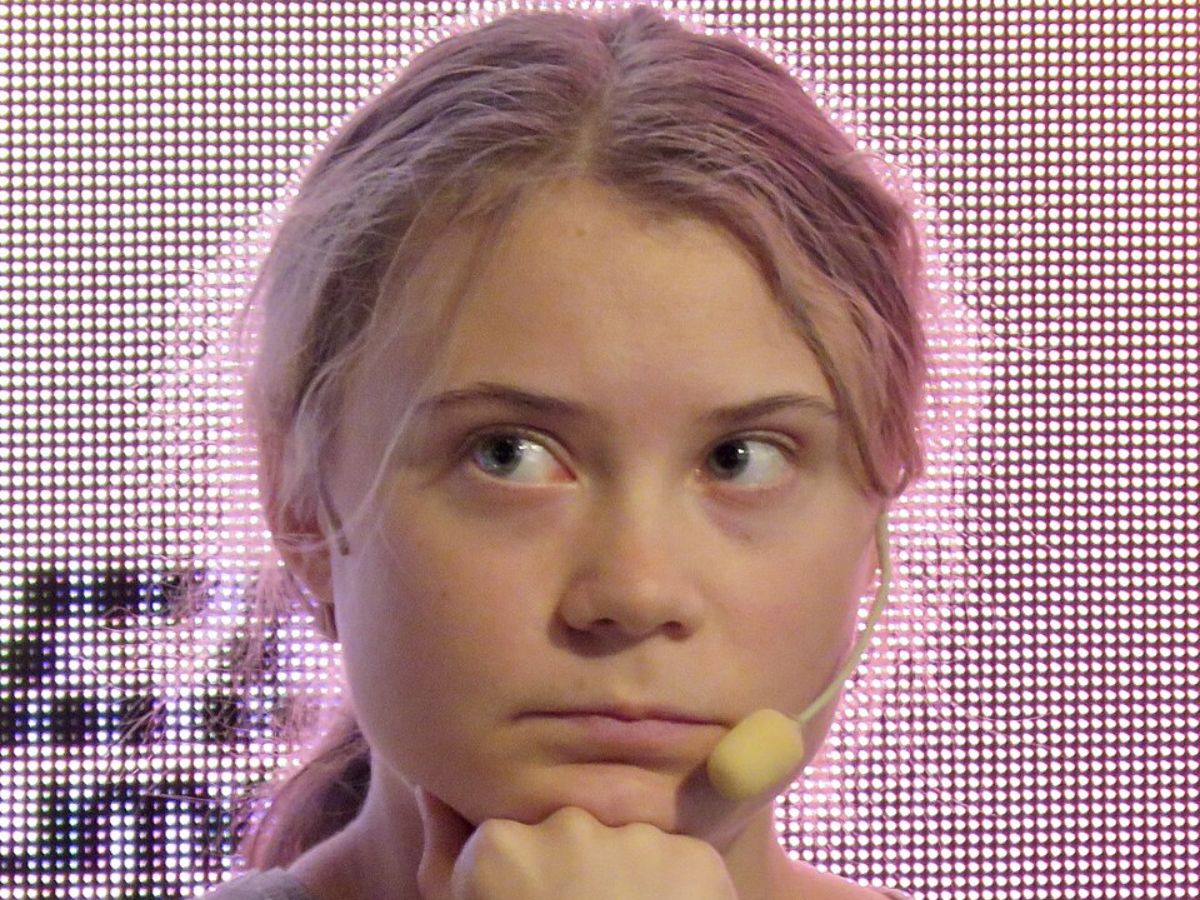
Those who thought Greta’s speeches would stay in echo chambers were wrong. Instead, they became a book: No One Is Too Small To Make A Difference. It climbed bestseller lists, and Greta donated the profits to climate charities. Schools used it, and universities cited it, referring to her added notes for clarity. The message? Read, think, act.
From Schoolgirl To Global Symbol
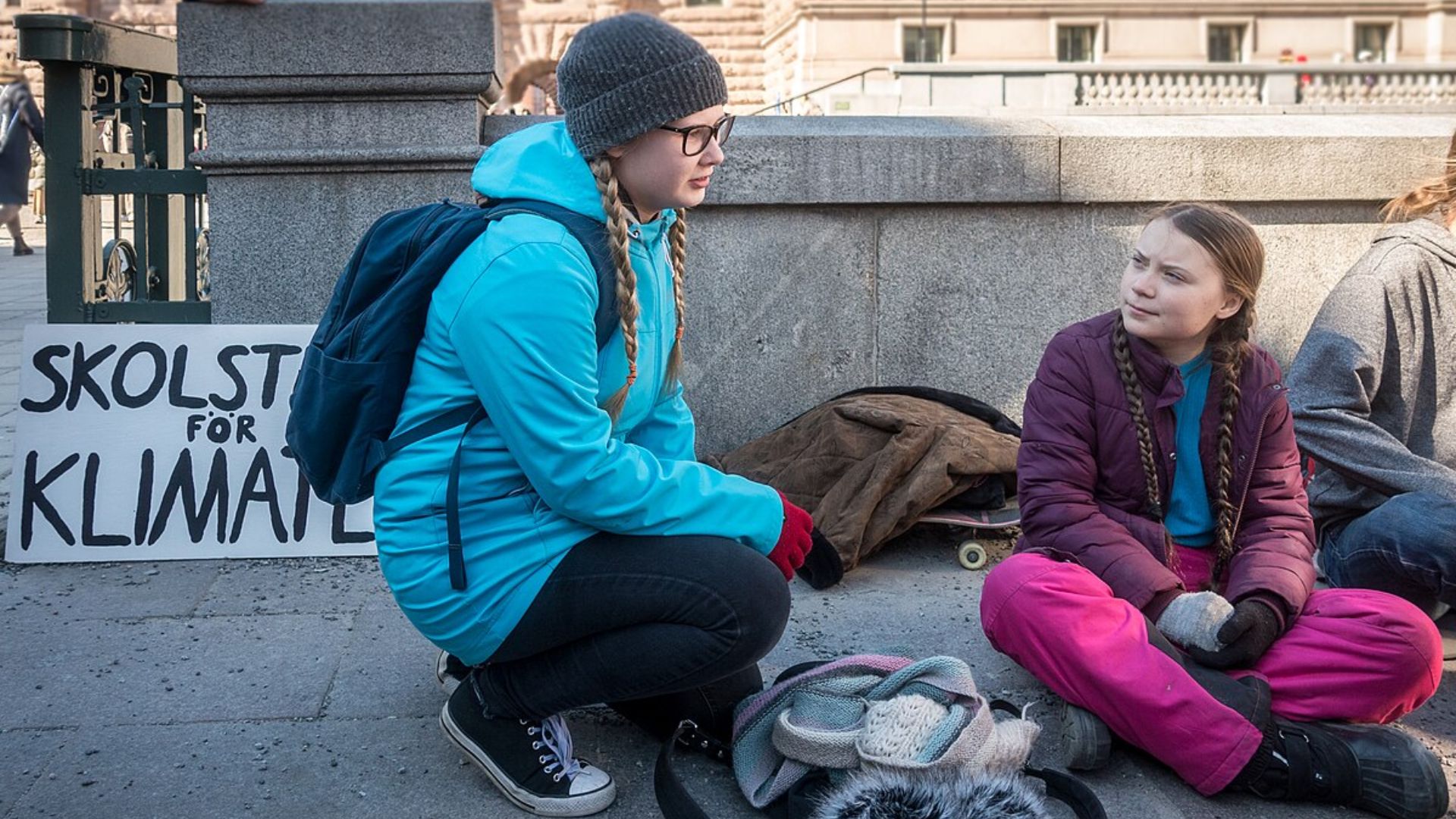
Greta wasn’t just a protester anymore. She became a symbol—invited to summits, meetings, and world stages. She met Merkel. Trudeau. Pope Francis. Artists painted her. Musicians wrote songs. Since fame wasn’t her desire, she turned down awards, saying that applause meant little if action never followed. Fame never distracted her from the fight.
